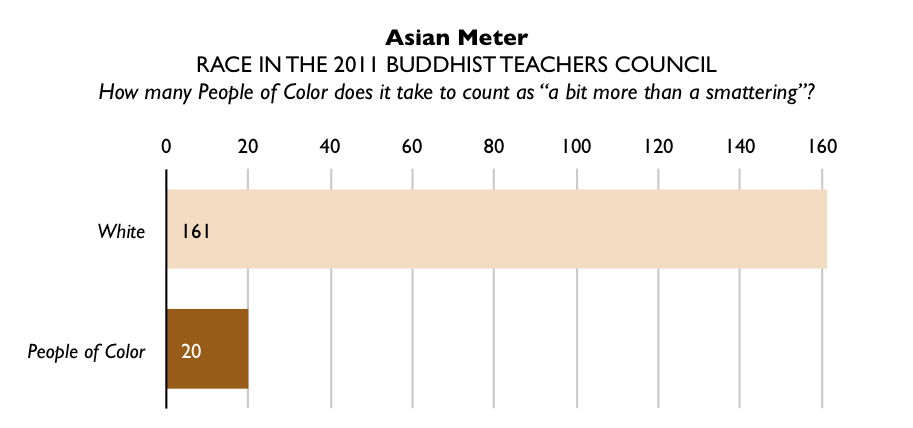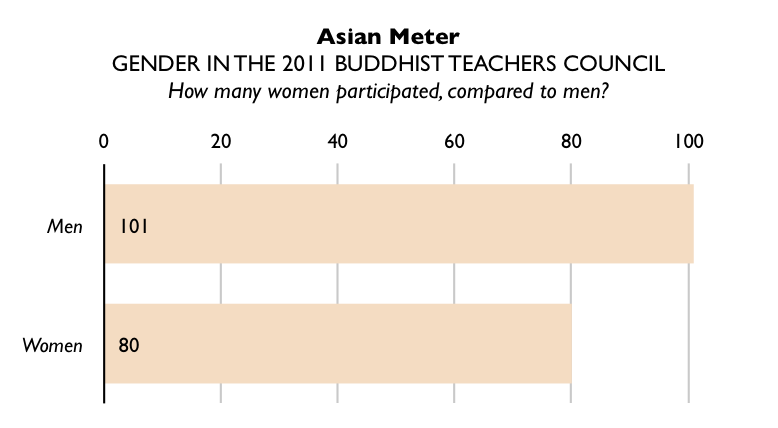There is a very compelling post by another Asian Buddhist on the Womanist Musings blog on the topics of Buddhism, cultural appropriation and identity. Check it out.
I have plenty to be angry about in this world, and my anger at injustice does not make me a lesser Buddhist. Because I don’t visit meditation centers doesn’t mean I don’t live and practice the principles of Buddhism in everyday acts like sharing food and water, or nurturing community. I believe that ‘inner serenity’ as enjoyed by the privileged, is an illusion that insults Buddhism’s legacy of advocating for the poor and marginalized. There are many ways to practice Buddhism, but humility is the foremost of all practices: a trait that global North citizens never seem to have much use for.
Hat-tip to the Madhushala blog for bringing this piece to my attention. Naturally, this post ruffled some feathers; the Reformed Buddhist blog turns around and calls the author’s own attitude racist. The reaction I found most moving was in a comment on the original post.
Thank you so much for writing this.
I too am a Buddhist Woman of Color in the global North who sees Buddhism as something “inseparable from my culture and experience as a woman…from the Third World.” I am constantly frustrated by the invalidation of my Buddhist experience by the mainstream American Buddhist powers as so much “cultural baggage” that “modern,” “rational” Buddhism needs to be cleansed of.
But every time I dip my toes into the waters of the US mainstream to try to put forth another perspective, I am inundated with comments like “The west has a lot to offer to the stagnate, codified Asian practices” and “We in the west offer hope of rejuvenation” and perhaps my all-time favorite by a well-respected white American convert Buddhist about feminism in Buddhism “If we had not spoken up, the Buddhist women’s movement, which started less than twenty years ago, would not even exist. Things might not have changed for another 2,500 years.” And reading things like that, I don’t know how I should open myself up to more abuse and silencing.
I am hurt, and more than that, I am angry, but even more than that, I am tired. Nothing I say as a woman of color ever seems to be of any consequence to the all-knowing white Buddhist establishment, who remain determined as ever to tell me how I’m “doing Buddhism wrong.”
So I wanted to let you know that your words here were of consequence to this Buddhist woman of color. That your words spoke to a beaten-down, fatigued part of me and inspired me. Your words make me want to write my own Buddhism, out of solidarity rather than out of anger because you have reminded me that as white as Buddhism sometimes feels, MY Buddhism is not monochromatic and I am not alone.
Sometimes it feels as though I’m the only Asian American Buddhist blogger out there, but it’s times like these that remind me I’m not alone. There are hundreds of thousands of Asian American Buddhists in this country, and we are ready to speak out and stand up for our inclusion, dignity and respect.





